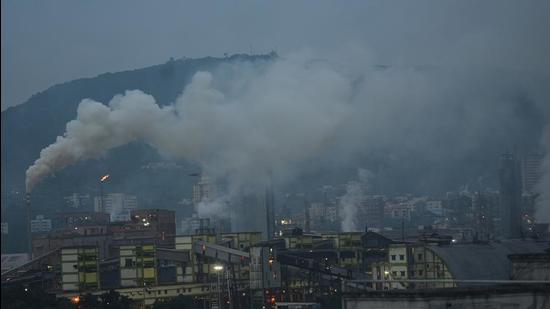
Alarming rise of lung cancer in non-smoking Indians more than Westerners: Understanding the disparity
5 months ago | 45 Views
In a study published by the Lancet, it was observed that lung cancer is detected in Indians at an early age. Surprisingly, an average Indian suffering from lung cancer is at least ten years younger than a person with lung cancer in the West. Lung cancer also affects non-smokers.
Addressing this, in an interview with HT Lifestyle, Dr Sajjan Rajpurohit, Senior Director – Medical Oncology, Max Hospital, Shalimar Bagh, said, “Lung cancer, a disease traditionally associated with smoking, is presenting a unique and concerning picture in India. Here, a significant portion of lung cancer patients have never smoked, unlike in the West, where smoking remains the primary culprit. This phenomenon demands our attention, prompting the question: why are non-smoking Indians more susceptible to lung cancer compared to their Western counterparts?”
Air pollution: A silent killer
India grapples with severe air pollution, particularly in urban areas. Microscopic pollutants, like PM2.5 (particulate matter less than 2.5 microns in diameter), deeply penetrate the lungs, causing inflammation and damaging lung tissue. Chronic exposure to such pollutants can trigger mutations in lung cells, eventually leading to cancer. This risk is significant even for non-smokers who breathe polluted air daily.

Occupational hazards
Several occupations in India expose workers to lung carcinogens – cancer-causing agents. These include asbestos, chromium, cadmium, arsenic, and coal dust. Workers in mining, construction, and certain manufacturing industries are at a heightened risk.
Second-hand smoke exposure
While smoking rates are lower in India compared to the West, second-hand smoke remains a significant threat. Exposure at home, from family members or neighbours, and in public places can contribute to lung cancer risk in non-smokers.

Genetic predisposition
Genetic makeup can play a role in lung cancer susceptibility. Research suggests that certain gene variants might increase the risk in non-smokers exposed to environmental carcinogens.
Early onset and challenges in diagnosis
Lung cancer in India often presents a decade earlier than in Western countries. This means patients are typically younger, with a mean diagnosis age of 54-70 years compared to the West's 60-70 years. Additionally, lower awareness and limited access to diagnostic facilities can lead to delayed diagnosis, impacting treatment outcomes.
Read Also: gnc protein powder: 6 best picks for health benefits




















